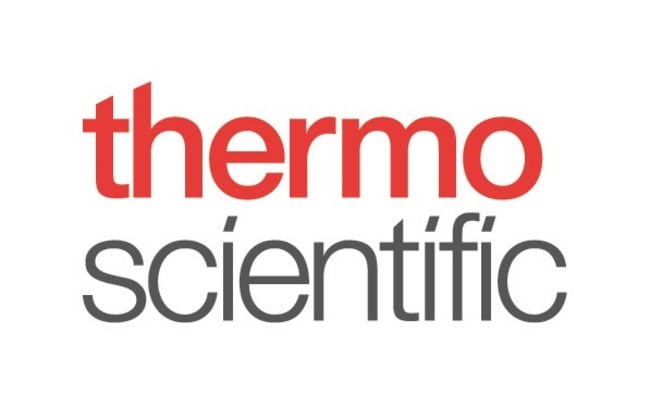Gelatin is used to make lithographic and printing inks, plastic compounds, artificial silk, matches and pharmaceutical capsules. It finds application in light filters for mercury lamps, clarifying agent, pharmaceutical aid (suspending agent) and gelling component. It acts as an additive for foods and microencapsulating agent. Further, it is employed in electroplating, hectographic masters, paper and textile sizing, cosmetics, ointments and other medical and veterinary applications. It is useful in histochemistry, bacterial culture media and light microscope autoradiography. In addition to this, it is used to make the shells of paintballs and to hold silver halide crystals in an emulsion, in virtually all photographic films and photographic papers.
This Thermo Scientific Chemicals brand product was originally part of the Alfa Aesar product portfolio. Some documentation and label information may refer to the legacy brand. The original Alfa Aesar product / item code or SKU reference has not changed as a part of the brand transition to Thermo Scientific Chemicals.
Applications
Gelatin is used to make lithographic and printing inks, plastic compounds, artificial silk, matches and pharmaceutical capsules. It finds application in light filters for mercury lamps, clarifying agent, pharmaceutical aid (suspending agent) and gelling component. It acts as an additive for foods and microencapsulating agent. Further, it is employed in electroplating, hectographic masters, paper and textile sizing, cosmetics, ointments and other medical and veterinary applications. It is useful in histochemistry, bacterial culture media and light microscope autoradiography. In addition to this, it is used to make the shells of paintballs and to hold silver halide crystals in an emulsion, in virtually all photographic films and photographic papers.
Solubility
Soluble in water, glycerol and acetic acid.
Notes
Of porcine originIncompatible with strong oxidizing agents.
RUO – Research Use Only
General References:
- Sarika, P. R.; Pavithran, A.; James, N. R. Cationized gelatin/gum arabic polyelectrolyte complex: Study of electrostatic interactions. Food Hydrocolloids 2015, 49, 176-182.
- Chen, P. Y.; Yang, K. C.; Wu, C. C.; Yu, J. H.; Lin, F. H.; Sun, J. S. Fabrication of large perfusable macroporous cell-laden hydrogel scaffolds using microbial transglutaminase. Acta Biomater. 2014, 10 (2), 912-920.
